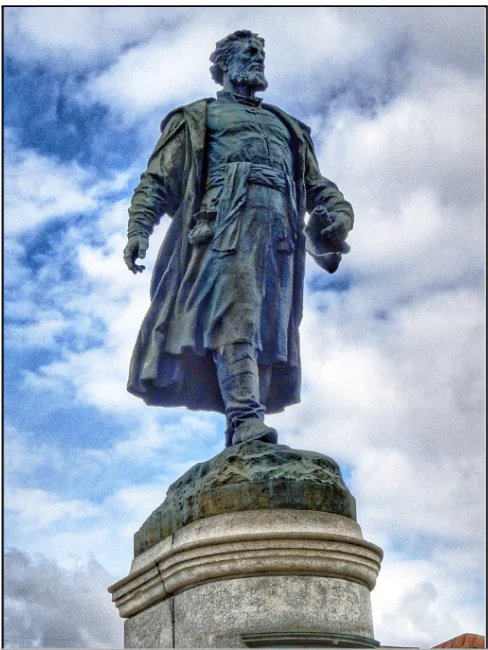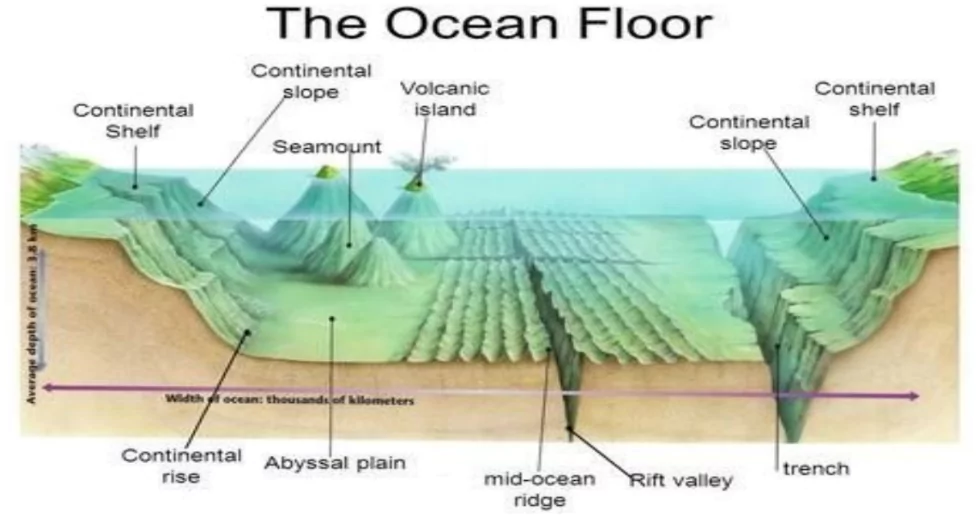
Russian artists perform at a concert organized by the Kozhikode Corporation and the Russian House in Kozhikode to celebrate 555 years of the visit of Russian traveler Afanasy Nikitin to India.
About Afanasy Nikitin
- Nikitin was a Russian explorer who reached India long before Vasco da Gama. His arrival at Cambay (Khambhat) in Gujarat opened the door to understanding India’s diverse culture.
- Historical Context: Nikitin’s journey in 1469 marked a significant moment in the historical connections between Russia and India.
Voyage Beyond Three Seas (1466)
- Describes Nikitin’s journey to India between 1466 and 1472.
- He crossed the Caspian Sea, Black Sea, and the Arabian Sea during his journey to reach India.
- The book is one of the earliest travelogues by a European on India.
- Written as a first-person account, documenting observations of Indian society, trade, religion, and geography.
Description of India:
- Depicts vibrant trade centres, especially in Gujarat and the Deccan.
- The book has mention of 20 locations of India and offers a vivid portrayal of the society, economy, and politics of the time.
|
Enroll now for UPSC Online Classes
- He also visited the court of Bahamani sultan, Muhammad Shah III.
- Literary work : In his book, Voyage Beyond Three Seas Nikitin provides valuable insights into 15th-century India.
- Cultural Observations: His accounts of the conflicts between the Bahmani Sultanate and the Vijayanagara Empire highlight the political landscape of the Deccan.
- He describes the royal procession during Ulu Bayram (Eid) and provides a glimpse into the social divisions, noting that upper castes wore silk while others wore simpler clothing.
- In his observations from Bidar, he documented the marketplace dynamics, including the trade of horses and textiles.
- Return Journey: After three years in India, Nikitin sailed from Dabhol to Ethiopia and then to Muscat before returning to Russia, further enriching his perspective on global connections.
- Significance of His Work: Nikitin’s writings serve as a crucial historical document, revealing aspects of India’s social systems, economy, and cultural practices during the 15th century.
- His observations continue to be a valuable resource for historians and scholars studying the era.
Afanasy Nikitin Seamount
- Named after the explorer, this seamount is located about 3,000 km from India’s coast in the Central Indian Ocean Basin.
- It is a significant underwater geological feature, rich in minerals like cobalt, nickel, manganese, and copper, making it important for ongoing maritime exploration.
Check Out UPSC NCERT Textbooks From PW Store
Sea Mounts
- A seamount is an underwater mountain that rises from the ocean floor but does not reach the water’s surface, thus not forming an island.
- These geological features are typically volcanic in origin, formed by eruptions that create a peak. Seamounts can vary significantly in size and shape, often characterized by steep slopes and flat tops. They serve as important habitats for marine life, providing unique ecosystems that support diverse species.
- Seamounts can also influence ocean currents and nutrient distribution, making them vital for marine biodiversity and fishing industries.

|
![]() 15 Oct 2024
15 Oct 2024

